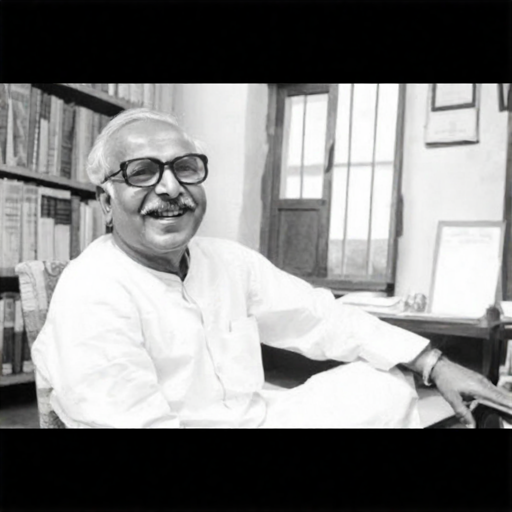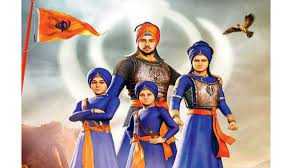- The Supreme Court’s refusal to accept Patanjali’s MD’s unconditional apologies highlights the seriousness of knowingly misleading marketing and the consequences.
- Despite apologies, Patanjali’s failure to uphold its agreement not to make deceptive claims about curing various illnesses resulted in this verdict.
Understanding Misleading Advertisements:
- The Consumer Protection Act of 2019 outlaws unfair trade practices, including misleading ads. It also provides methods for consumers to seek recourse for such complaints.
Following are the types of Misleading Ads:
- False claims are advertisements that make false statements about a product’s characteristics or benefits.
- Exaggerated Claims: Advertisements that exaggerate a product’s advantages beyond justification.
- Omission of Material Information: Advertisements that conceal important information that customers must be aware of.
- Comparative advertising refers to advertisements that unfairly attack competitors’ products.
- Endorsements and Testimonials: Ads that include false endorsements or testimonials.
- Health and Safety Claims: Advertisements that promise unsubstantiated health or safety benefits.
- Bait-and-switch tactics involve attracting customers with false promises and then switching to new offers.
Regulatory Authorities dealing with the Issue:
- The Advertising Standards Council of India (ASCI) ensures impartiality and compliance with the ASCI Code in Indian advertising.
- The Central Consumer Protection Authority (CCPA) regulates consumer rights infractions, unfair trade practices, and misleading marketing that harms the public interest. It has released the Guidelines for the Prevention and Endorsement of Misleading Advertisements, 2022.
About the Drugs and Magic Remedies (Objectionable Advertisements) Act of 1955 (DOMA)
- The Magic Remedies Act includes a definition of “drug”.
- It includes things such as talismans, mantras, and charms that claim to have extraordinary healing properties.
Here are the key provisions of the Act:
- Prohibition of Certain ads: The Act forbids ads that claim to prevent or cure certain diseases or conditions mentioned in Schedule J of the Act through medications or treatments. These ailments include cancer, TB, diabetes, and epilepsy.
- Misleading ads: The Act outlaws ads that are untrue or misleading in any material way about the nature, composition, quality, or potency of a medication or treatment.
- Offences: No court shall take notice of any offence under the Act unless a complaint is filed by the government or a person authorised by the government.
- Exemptions: The Act exempts ads for pharmaceuticals or cures containing certain chemicals or preparations mentioned in Schedule J, as long as they meet the conditions stipulated in the Schedule.
Violations made by Patanjali Ayurveda
- Patanjali Ayurveda committed violations under the Drugs and Magic Remedies (Objectionable Advertisements) Act of 1954 (DOMA). Patanjali violated Section 4 of the DOMA by publishing fraudulent medicine advertisements.
- Patanjali violated Section 2(28) of the Consumer Protection Act of 2019 (CPA) by making false claims about curing various illnesses in its marketing, which is defined as “misleading advertisement”.
- Patanjali’s actions violated the pact signed by the Ministry of AYUSH and the Advertising criteria Council of India (ASCI), demonstrating noncompliance with agreed-upon criteria for advertising tactics.
Source: https://www.livemint.com/companies/misleading-advertisements-case-sc-rejects-apology-by-ramdev-patanjali-acharya-balkrishna-11712731437742.html










